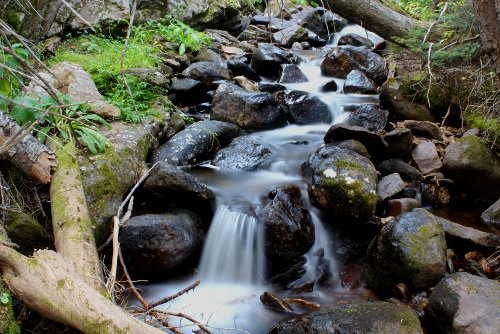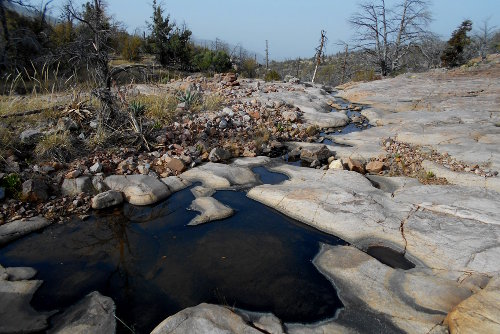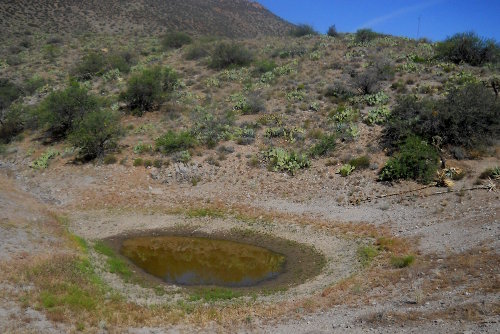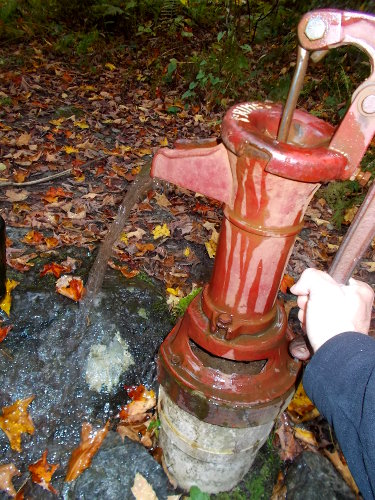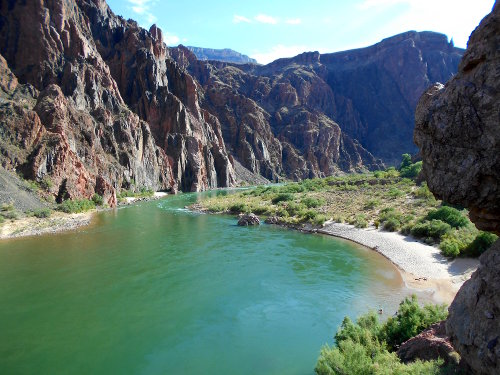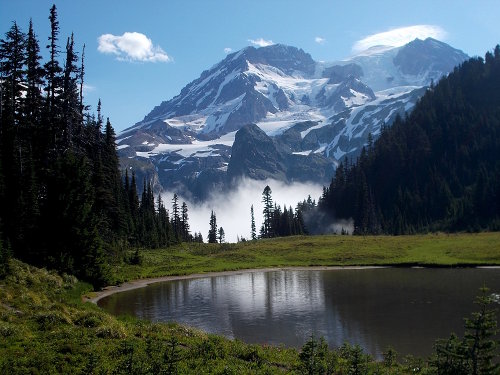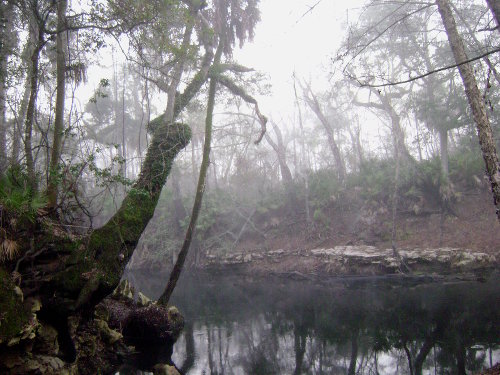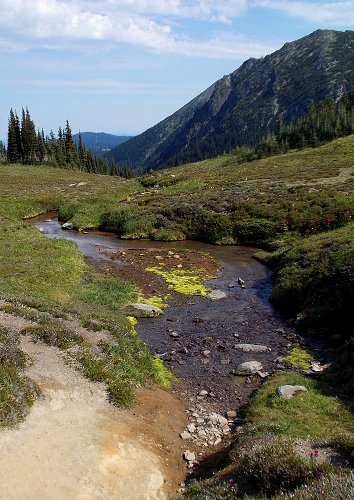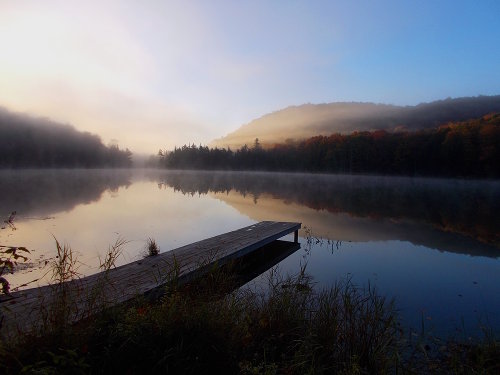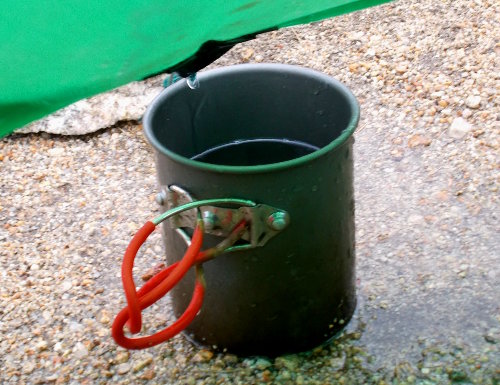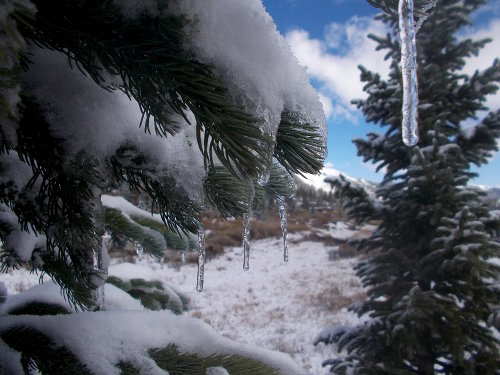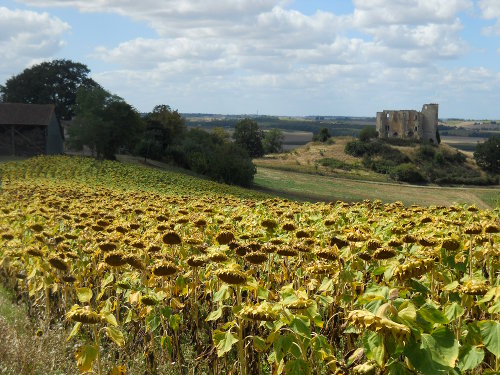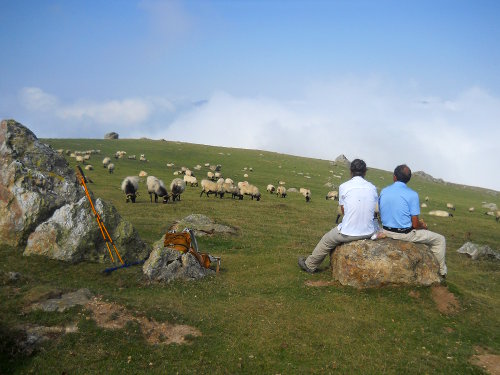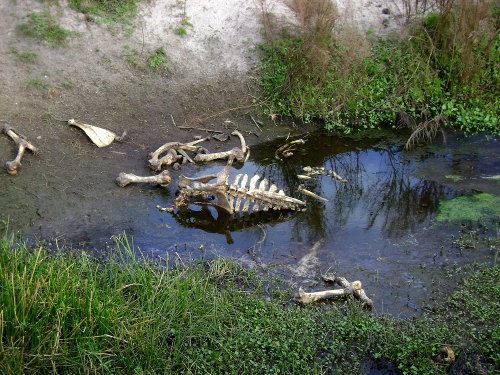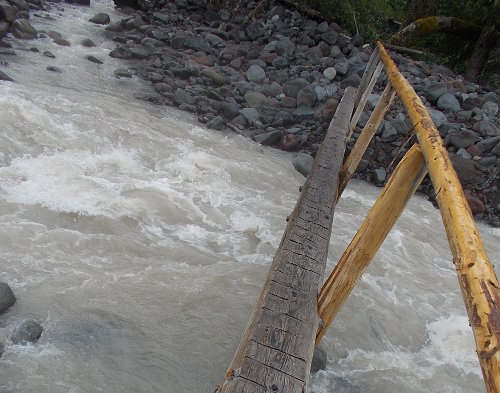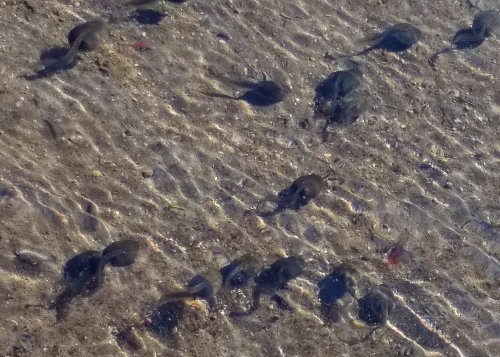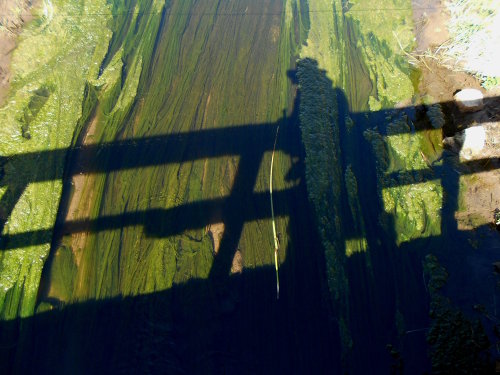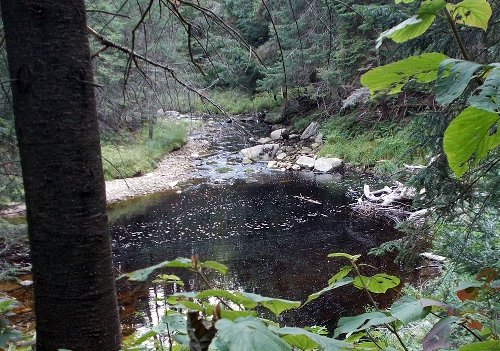Identifying Good and Bad Water Sources
In the entire history of mankind, nobody has ever gotten sick from drinking good, clean water, so your first line of defense against a water-borne illness is selecting the best water available. And to select the best water available, you need to learn how to recognize high-quality water when you see it.
Yes, we know—all backcountry water carries some level of risk, but that’s no excuse to drink from any and every water source you come across. You need to assess the risk for every spring, creek, lake and puddle you find, and below you’ll find guidelines for assessing that risk.
Check the Water Flow
Fresh water is free-flowing water. Even if someone (or something) polluted your water source, it will likely wash downstream and no longer be a threat to you. The faster the water flows, the quicker pollutants and water-borne pathogens get pushed downstream. All else being equal, pick the water source with free-flowing water.
When free-flowing water is not available, you might have to settle for stagnant water. You’ll find two distinctly different types of stagnant water: those that flush and those that don’t. Neither option is great, but stagnant water that flushes is preferred over stagnant water that doesn’t flush. For example, pools and puddles left behind in a creek bed are as fresh as the last decent rain storm, but water in a stock pond never gets flushed and could therefore have particularly high concentrations of contaminants and water-borne parasites.
Find the Headwaters
Water picks up contaminants as it travels through the countryside, and the longer it travels, the more contaminants it collects—so try to collect water from as close to the headwaters as possible. If you can choose between two different water sources, one that has traveled half a mile from a nearby peak and another that has traveled a hundred miles from a distant mountain range, all else being equal, choose the stream with the closer headwaters. Be suspicious of water if you don’t have any idea where the source of it might be, but if you have a good topo map you can usually get a good sense of where the water started and how far it might have traveled.
Check the Elevation
High elevations often involve steep mountain slopes that discourage development. Industry, agriculture and cities—the primary sources of contaminants—heavily favor low-elevation locations. Not only that, but all water at high elevations cannot have traveled far from its headwaters, meaning the water has had fewer opportunities to pick up contaminants. Keep in mind that ‘high’ elevation is relative. An Appalachian Mountain high could be a Pacific Crest low, but—generally speaking—the higher the water source is located relative to the surrounding terrain, the better.
Springs, Creeks and Ponds... in that order!
Springs usually produce good water since the ground itself filters the water. Your next best options are usually creeks and streams—especially near the source. Then go for lakes and ponds as a last resort—people tend to camp near them, wash their dishes in them and swim in them which could pollute the water, and water may linger in the pond for days, weeks or even months and years before it’s refreshed.
Although lakes are among the least desirable of water sources, if the lake appears full or you find an outlet where water drains, that means another creek must be filling up the lake somewhere else and if you can find it, get your water from the stream feeding it. That water will be cleaner and fresher than the water in the lake.
Speaking of lakes and ponds, I’d like to share my opinion of ‘beaver fever.’ For whatever reason, beavers seem to have gotten a bad rap for spreading disease. Any animal can spread disease, but for what it’s worth, I’ve never heard of any study that shows beavers as being particularly at risk. I’ve consumed untreated water from many beaver ponds and have never gotten sick from any of them—an admittedly unscientific test, but there’s no reason to think a beaver pond is a riskier water source than any other wilderness pond.
Harvesting Water
A less predictable but often times great option is to harvest your own water from rain or snow!
Catching rain is a bit more difficult than catching snow, but I’ll set up my tarp during a heavy rain and leave a pot where the rain water runs off, sometimes collecting a few liters in as little as an hour, and the water is about as clean and pure as one can find.
If you’re hiking through snow (or at least the occasional patch of it), you can collect snow to turn into water. Make sure it’s white snow for obvious reasons! The top layer often collects dust so it might be advisable to scrape off the snow from the surface and collect the snow underneath for consumption. Fresh snow is the best snow—the longer the snow has been on the ground, the more opportunity it has had to grow parasites or become contaminated. One downside with snow, however, is that you’ll also have to melt it. If temperatures are above freezing, it’ll eventually melt in your bottles with no additional effort, but patience is required.
Civilization + Water = Bad Water
The single worst thing that can happen to water is to cross paths with human civilization. Whether from farms, pastures, mines, small towns or giant cities, water always comes out the loser.
Assume all water sources that catch runoff from agricultural lands is bad—it’ll probably be full of pesticides, herbicides and fertilizers that you shouldn’t be consuming.
Cattle, sheep, horses, mules and other farm animals will defecate, pee and even die in water sources. They could be pumped full of antibiotics or steroids, which eventually leach into the surface water.
Mining operations often use harsh chemicals to separate the minerals from the waste rock, then the chemicals leach into the ground water.
When water reaches a city or town, however, it has hit the motherload of pollution. People fertilize their lawns, oil from poorly maintained vehicles leak and soap from people washing their cars run into storm drains. People dump waste into gutters, dogs defecate by water sources and the list of potential contaminants is endless!
Avoid surface water downstream of civilization and your chances of getting sick fall dramatically, but if you travel through a location where all water sources may have contaminants, try to collect water from sources that have traveled through the least amount of civilization.
Avoid Water That Looks, Smells and Tastes Bad
If the water looks, smells or tastes bad, it probably is bad.
Be suspicious of any water with an unusually large amount of algae—algae can thrive on contaminated runoff from farms.
But also be suspicious of any water with absolutely nothing growing in it all. Life thrives in water and if nothing at all can survive in the water, you should ask yourself why. Toxic chemicals from upstream mines may have poisoned the water.
The presence of foam on the water’s surface often indicates agricultural or industrial runoff.
Sometimes you’ll find water colored like diluted root beer—especially later in the summer and early fall. This is tannic acid, leached from trees and other organic growths. In such weak concentrations, tannic acid poses no health risk so don’t let that scare you off from it, but neither will it purify the water.
The Take-Away
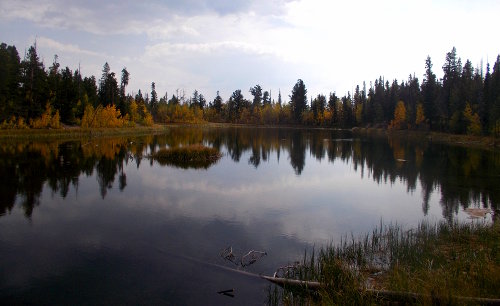
We’ve covered what makes a water source good or bad, and most of it is common sense kind of stuff. Water that looks good usually is good, and water that looks bad usually is bad, but it’s worth the effort to examine a water source for clues about its health. Your health and well-being depend on it!
If you can avoid the worst water sources and only fill up from the best ones, your chances of getting sick from pollution or water-borne illnesses are reduced dramatically—and in the next section, we’ll cover how to manage your water to maximize this effect!

